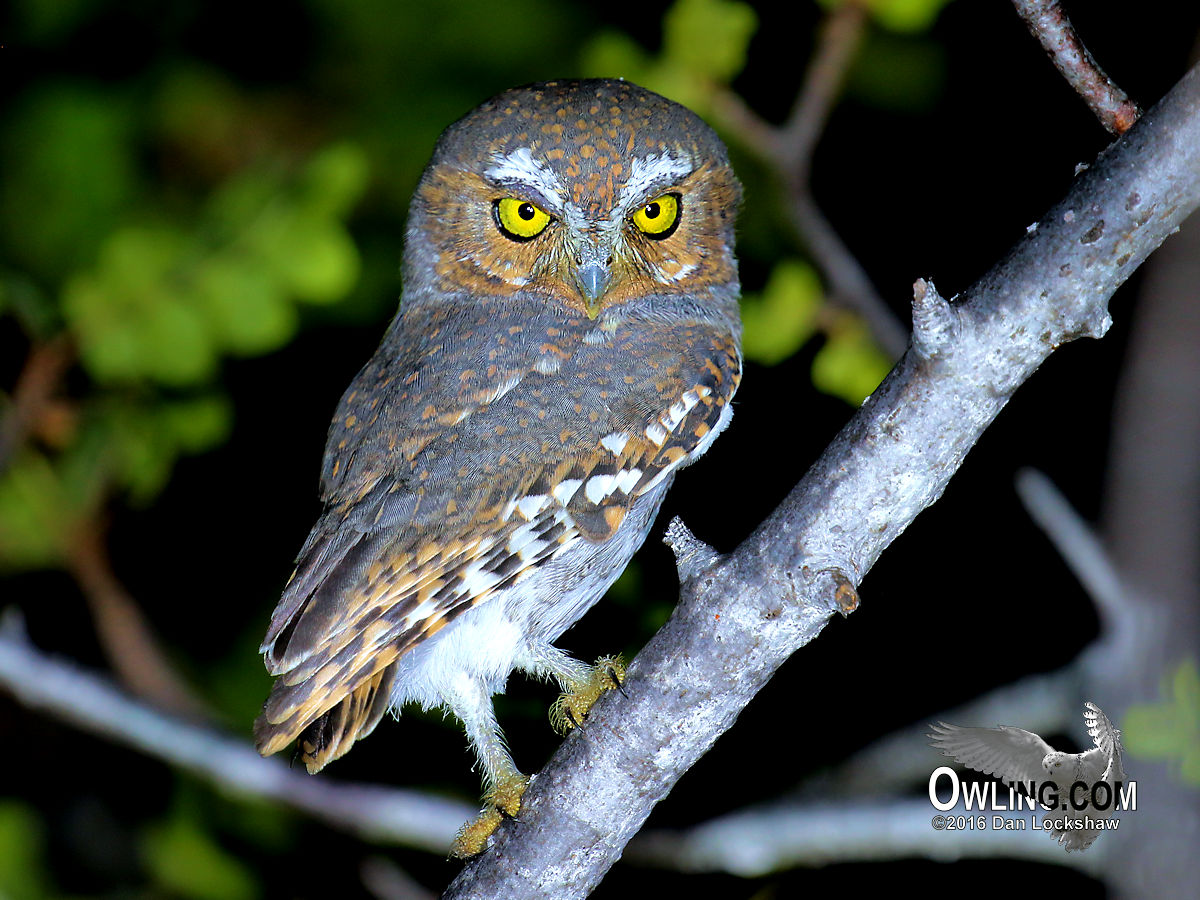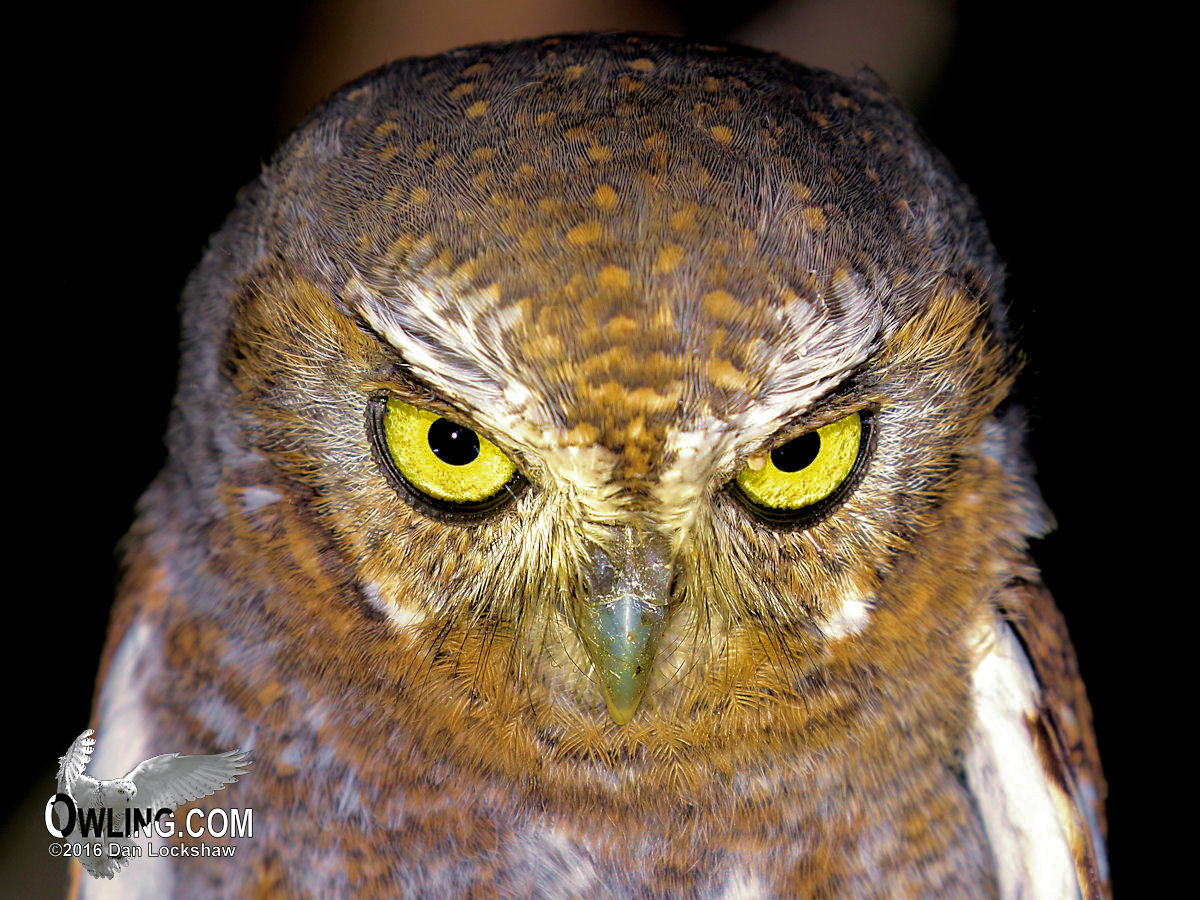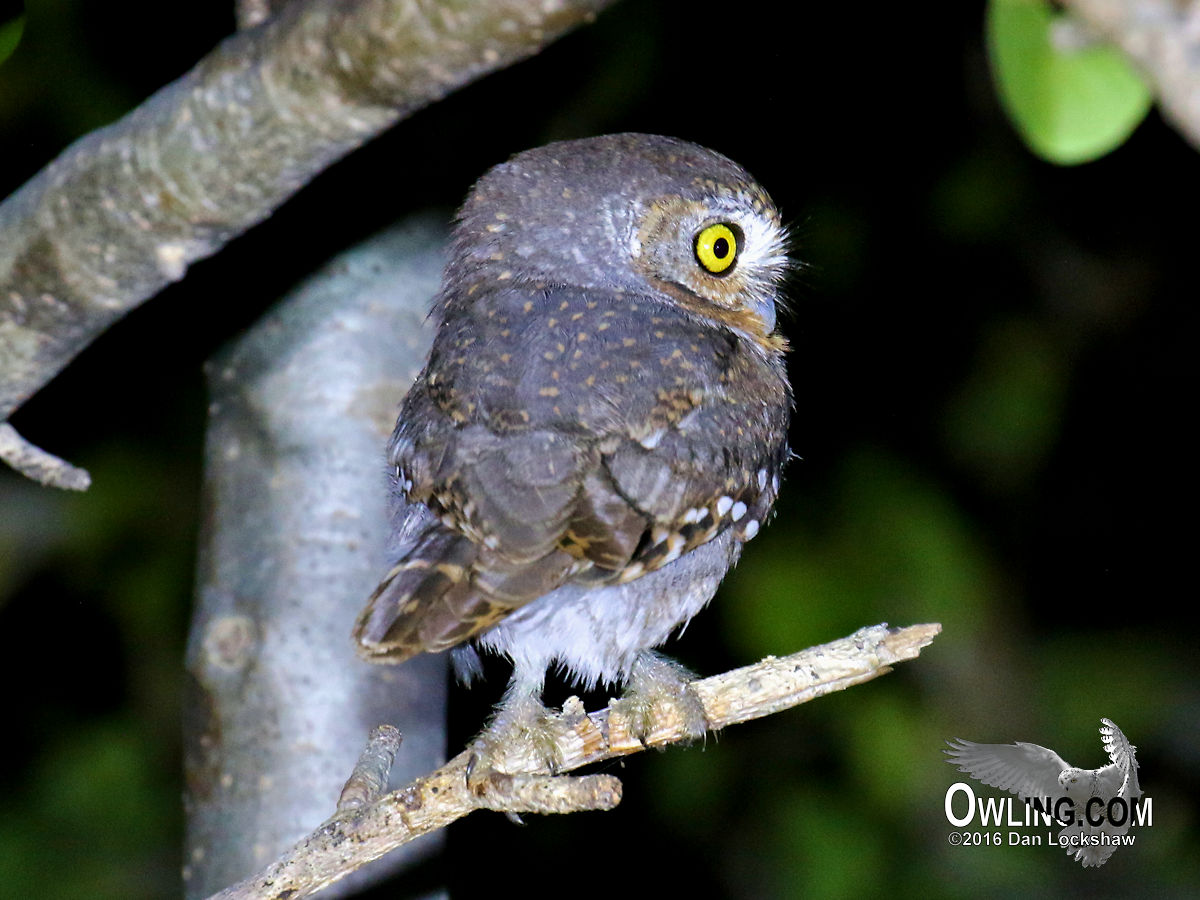Elf Owl Biology
A Reference for North and Central American Owls
Name: Elf Owl – Micrathene whitneyi
Other Common Names: Whitney’s Elf Owl (whitneyi); Sanford’s Elf Owl (sanfordi); Texas Elf Owl (idonea).
Subspecies: There are four recognized races of Elf Owl, two of which that have ranges that cross into North America. The other two races are restricted to the tip of Baja California and the small island Socorro, south-west from the tip of Baja California.
M. w. idonea is resident in southern Texas. It ranges from the southern tip of Texas to Central Mexico (Puebla to Guanajuato).
M. w. whitneyi breeds in the S. W. USA but migrates south into Mexico for the winter. It is found from S. E. California (decreasing in frequency) and the extreme south of Nevada across C. Arizona, S. W. New Mexico, and W. Texas.
M. w. sanfordi is resident on the southern end of Baja California.
M. w. graysoni is found only on the island Socorro, south-west from the tip of Baja California.
Measurements and Weights:
Wingspan: 13 1/2 – 16 1/2 in.
Length: 5 – 5 3/4 in.
Tail: 1.8 – 2.1 in.
Average Weight: Male: 1 1/2 oz.
Average Weight: Female: 1 1/2 oz.
Description: The Elf Owl is the smallest owl in the world. The back side is rusty-brown to orangey-brown with irregular small light rusty to orangey spotting. The light spotting becomes more distinct and lighter on the crown and the head and may even become whitish. The tips of the scapulars are white giving the owl an irregular line of white down the upper backside. Some of the primary and secondary flight feathers have white tips giving the bird some white spots also on the backside. The underside has a base of white with orangey-brown streaks. The overall colors of the owl seem to be more brownish on the backside and more orangey on the head and streaking on the front side (chest, flanks, and belly). White eyebrows and some white in the outer facial disk which is mostly orangey in color. The bill is Grayish-horn colored with a pale yellow tip and the iris are yellow. The tail has orange and brown streaks. Overall the Arizona Elf Owls, I have seen, have no sharp, crisp markings and have had much more orange and brown color than gray and rust colors as written in most of the field guides. Readily distinguished from the Pygmy-Owls by its nocturnal activity (the Pygmy owls being diurnal) and from the Flammulated Owl by its yellow iris (the Flammulated Owl having brown or black iris). Distinguished from all owls by its distinctive small size.
Young: The juveniles have a deep brown head and face, lacks orangey-brown or rust color. The under parts are whitish with light wash of buffy-brown and narrowly barred with darker brown. Upper parts similar to adult.




